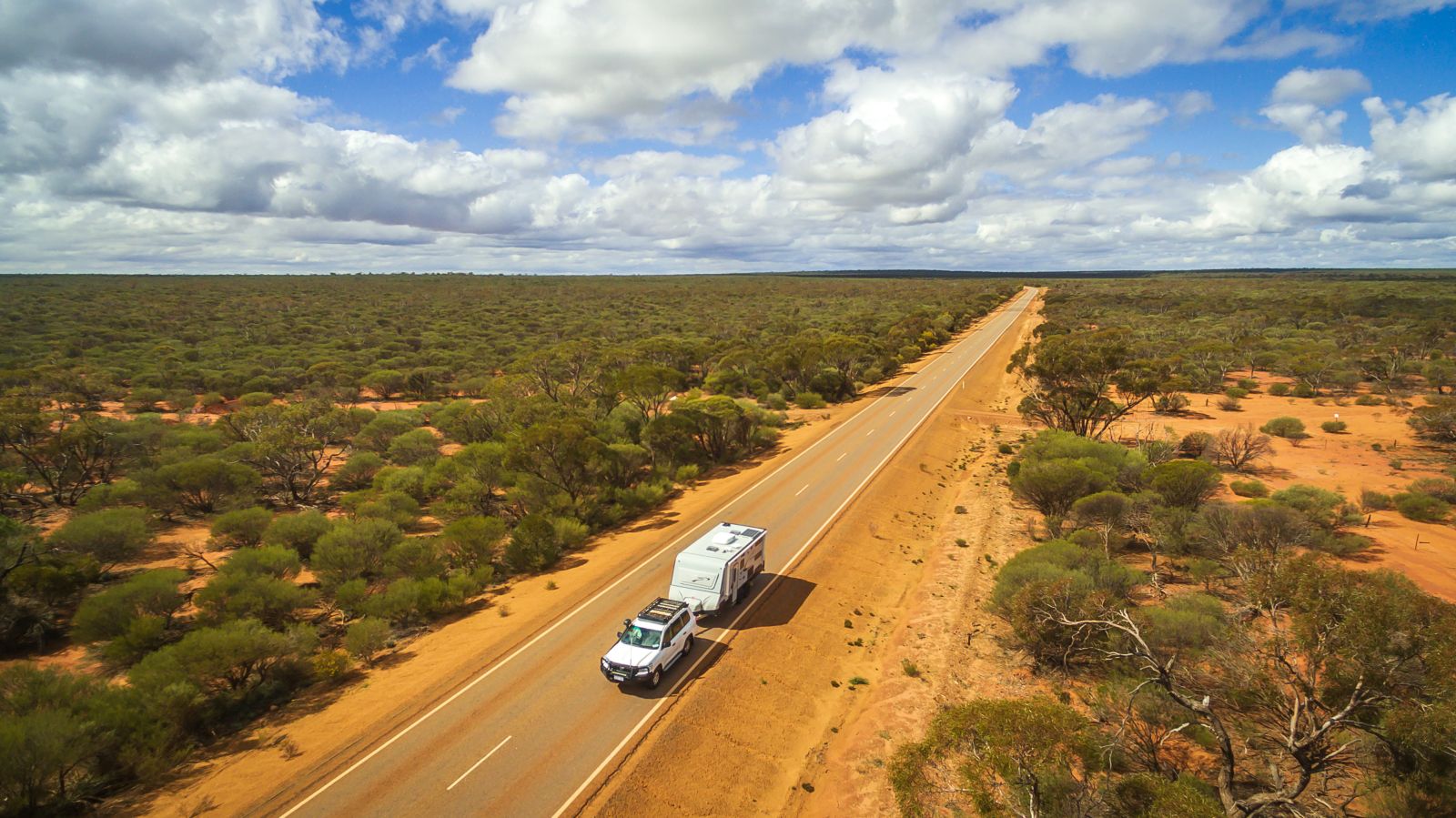The Complete Guide to Caravan Air Conditioners in Australia

Summer in Australia is unforgiving. When you are travelling in a caravan and the mercury climbs above 35°C, your caravan air conditioner is not a luxury, it is essential. A good unit means you can sleep well, keep food safe, and make life on the road comfortable. A poor setup will leave you hot, frustrated, and searching for the nearest powered site. This guide covers everything you need to know about caravan air conditioning units, including how they work, power requirements, battery and inverter sizing, solar and DC charging, and real-world examples of running air conditioning off-grid.
Why a Caravan Air Conditioner is Essential
A caravan air conditioning unit does more than keep you comfortable. It protects electronics from overheating, reduces humidity that can damage interiors, and provides a safe refuge for children, elderly travellers, and pets. For many, the difference between a long trip being enjoyable or unbearable comes down to whether the van stays cool at night.
Types of Caravan Air Conditioning Units
Rooftop Units
Rooftop systems are the most popular form of caravan air conditioning in Australia. They are installed into an existing roof cut-out or skylight opening, and they cool the space from above, keeping precious interior storage areas free. Rooftop units like the GREE 3.5kW Inverter also provide efficient cooling and heating in one system, and they are designed specifically for the harsh Australian climate.
Under Bunk or Split Systems
These systems are designed for vans that cannot take the extra weight or height of a rooftop system. The compressor sits outside or under the bunk, while ducts deliver cool air inside. They are quieter inside but more complex to install and usually require additional space for ducting.
Portable Units
Portable air conditioners are not a long-term solution. They take up valuable floor space and often require venting out a window. They are more suited to emergency use than daily cooling on the road.
Can You Run a Caravan Air Conditioner on 12V?
There are some 12V air conditioners on the market, mostly designed for trucks, small campers, or sleeper cabins. They can provide cooling for compact areas but they are not powerful enough for most caravans. A full size caravan air conditioner is designed for 240V operation, which means you need either mains power or a high capacity inverter and battery system.
Real World Example with the GREE 3.5kW Inverter
The GREE 3.5kW Inverter Rooftop Air Conditioner is one of the most efficient caravan air conditioning units available. It has inverter technology that ramps up and down depending on demand, which makes it quieter and more efficient than older fixed speed units.
If the unit draws around 1400W while running and you use it for 2 hours in the evening, that is 2.8kWh of energy. On a 12V system this equals about 233Ah of lithium battery capacity. In practice, most travellers need a 300Ah to 400Ah lithium battery bank, a 2000W pure sine wave inverter, and a way to recharge every day. This could be a solar array of 800W to 1000W, backed up by a DC-DC charger such as the OzXCorp 850W.
Battery Banks and Power Requirements
Running AC caravans from battery power requires careful planning. The following table gives an idea of typical requirements for running air conditioning units for two hours:
| Air Conditioner Size | Average Running Power | Two Hour Use | 12V Battery Capacity |
|---|---|---|---|
| 1.8kW Compact Unit | ~900W | 1.8kWh | 150Ah |
| 2.5kW Mid Size Unit | ~1200W | 2.4kWh | 200Ah |
| 3.5kW Inverter (GREE) | ~1400W | 2.8kWh | 230–250Ah |
Lithium is the preferred chemistry. Compared with AGM or lead acid, lithium allows for deeper discharge, faster charging, and more stable voltage under load.
Inverter Sizing for Caravan Air Conditioners
The inverter must be sized to handle both the running load and the compressor startup surge. A pure sine wave inverter rated for 2000W continuous power with a surge rating around 3500W to 4000W is usually the minimum for a caravan air conditioning unit. Choosing a smaller inverter risks tripping or damaging the system.
Solar and DC-DC Charging for AC Caravans
To replace the energy used by an air conditioner, most setups need 800W to 1000W of rooftop solar. On a clear day, this will deliver 2.5kWh to 3.5kWh. Adding a DC-DC charger such as the OzXCorp 850W lets you top up while driving, which is essential for back-to-back days of aircon use.
Comparison Table
| Type | Voltage | Pros | Cons | Best Suited For |
|---|---|---|---|---|
| Rooftop Unit | 240V | Efficient, space saving, quiet inside | Adds roof height and weight | Standard caravans |
| Under Bunk/Split | 240V | Low profile, hidden | Complex ducting, takes storage | Low height vans |
| 12V Air Conditioner | 12V | Runs from batteries directly | Low output, expensive | Small campers, cab sleepers |
Practical Tips to Stay Cool
- Pre cool the van in late afternoon rather than waiting until it is hot inside
- Use reflective shades on windows and roof vents
- Set the thermostat to around 24°C to 25°C rather than the lowest setting
- Run fans to circulate cool air and reduce the workload on the AC unit
- Insulate walls and roof during a retrofit to reduce heat load
